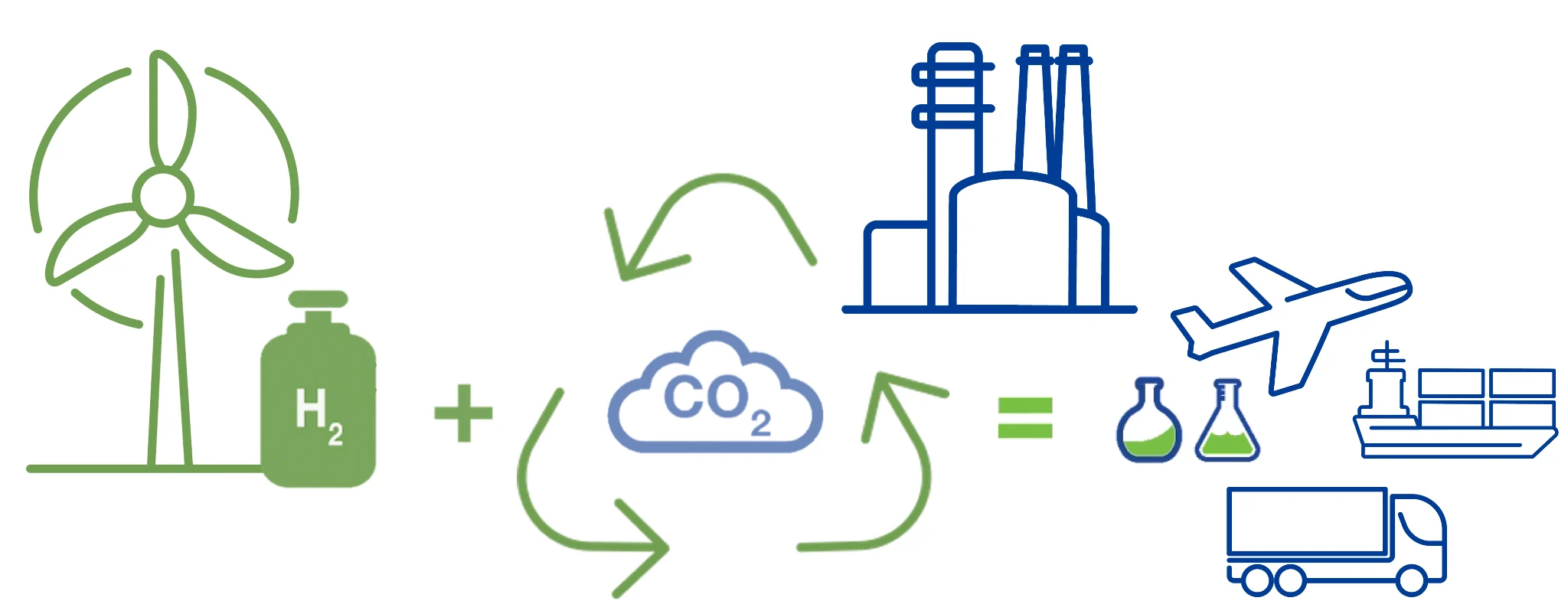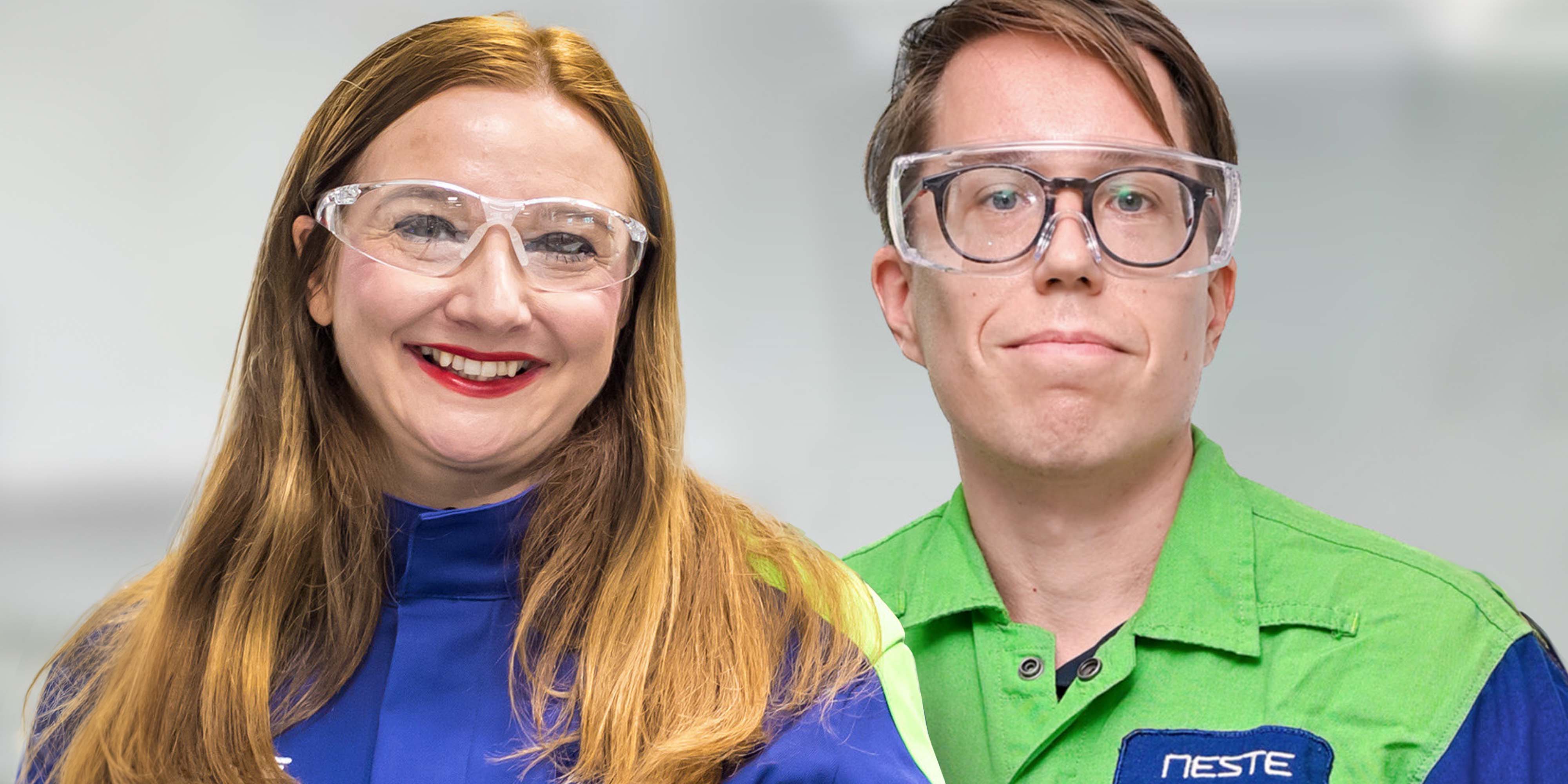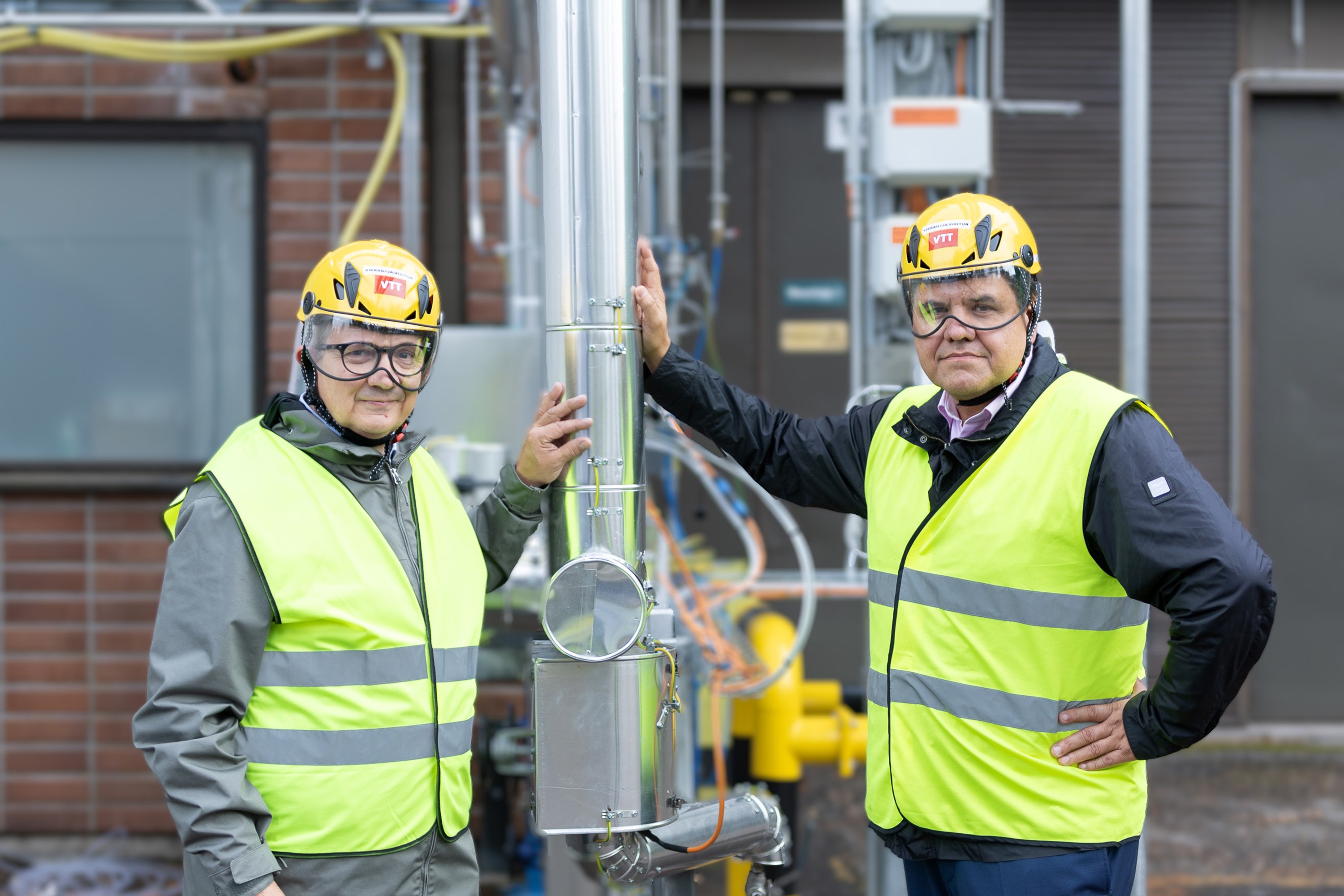
Innovation
4 minute read
From emissions to solutions: 4 ways CO2 is valuable as a raw material
Through innovative methods of carbon capture, storage and utilization, it’s possible to turn CO2 emissions from a problem into a solution. Reclaimed CO2 can serve as a raw material for Power-to-X technology – by which green hydrogen is produced using renewable electricity - as well as other applications, helping to solve the problem of fossil fuel dependence while playing a part in a larger emissions reduction strategy.
CO2 emissions together with other greenhouse gasses are a driving force behind climate change. For that reason, we often discuss reducing CO2 emissions as part of our strategy for managing climate change and meeting sustainability-related goals. Despite ambitious actions by governments and private organizations, however, emissions reductions aren’t happening fast enough. In some sectors, CO2 emissions are actually increasing. This leads to questions: What more can we do to accelerate reduction of carbon emissions? Could we, for example, turn problematic CO2 emissions into a valuable resource instead?

In fact, this is possible. Carbon Capture and Utilization (CCU) is the focus of intensive research and innovation around the world. Here are four key benefits to using captured – and ideally biogenic – CO2 as a raw material:
1. Carbon circularity
The link between increasing levels of CO2 and climate change has long been known, with industrial and commercial processes – especially the burning of fossil fuels – releasing CO2 emissions on a large scale. Over time, increasing emissions paired with deforestation has led to a rise in the concentration of atmospheric CO2, contributing to Earth’s greenhouse effect and catalyzing global climate change. Emitted CO2 has traditionally been treated as a form of waste, but because of CCU technology, it has acquired increasing economic value. With the implementation of carbon capture, the amount of CO2 released into the atmosphere can be decreased, and along with many other solutions, this will contribute to a slower rate of planetary warming and give us a better chance of managing our changing climate.
2. Reduced emissions in transportation
One of the most important applications for recycled CO2 is Power-to-X (PtX) technology, where “power” refers to renewable electricity and “X” refers to a range of products.
The PtX process is aiming to utilize carbon dioxide emissions, preferably from renewable sources, together with green hydrogen to produce fuels and raw materials for the petrochemical industry that can be used in existing infrastructure.
This is important because transportation is the source of around 25% of global greenhouse gas (GHG) emissions, presenting a major obstacle to reaching our climate goals. Reducing emissions across the board requires large-scale decarbonization of transportation, and along with other solutions, Power-to-X will play a key role. Combined with electrification, renewable and other more sustainable fuels including those made with CO2 and green hydrogen (eFuels) have the potential to replace up to 50% of fossil fuels in mobility by 2040 (IEA World Energy Outlook 2019).
3. More sustainable products
Is it possible to close the carbon cycle by using part of the emitted carbon dioxide for industrial production? Yes, it's possible!
Although the ability to produce renewable fuels known as eFuels is an important application of CCU, it is far from the only one. In addition to these types of renewable fuels, hydrocarbons, synthesized from captured CO2 and renewable hydrogen, are similar in chemical composition to those from fossil oil and serve as a raw material in the petrochemical industry, for example, in the production of mattress foam, flooring, automotive parts, insulation, and more.
The scale on which these applications take place can vary, but all are instrumental in our journey toward a circular economy and sustainable society.
4. Increased energy security
In a context where the world’s energy system has been massively disrupted, the world is looking for new pathways to reduce its reliance on fossil fuels as well as accelerating the transition towards renewable energy sources.
Whether in transportation or manufacturing, captured CO2 is contributing to defossilizing the global economy and contributing to the reduction of the use of fossil oil by unlocking the potential of new raw material sources. In practice, it means CCU-based fuels and raw materials are playing a crucial role in decreasing our dependence on fossil energy resources, including coal, crude oil and natural gas.
Challenges and future prospects
Harnessing the power of CO2 as a raw material certainly presents challenges. For example, the sources from which we capture CO2 must be both sustainable, preferably biogenic or non-avoidable CO2 emissions from industrial sources, and economically viable.
However, as we progress toward our climate goals, every solution for reducing carbon emissions will be needed. And, as in the case of CO2, sometimes those solutions can be found in the very problems we face. Through innovation, partnership, and continued efforts, we can bring about a more sustainable future for ourselves and our planet.
Credits: Dietmar Huber, Vice President, Business Platform Power to X, Neste





